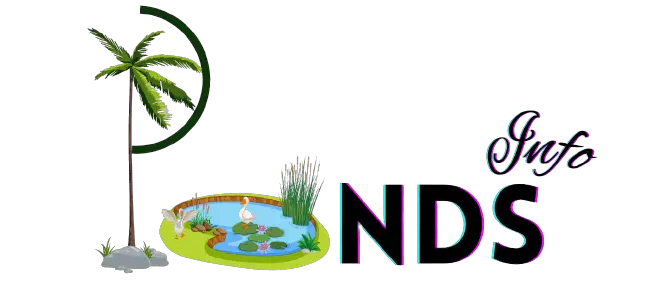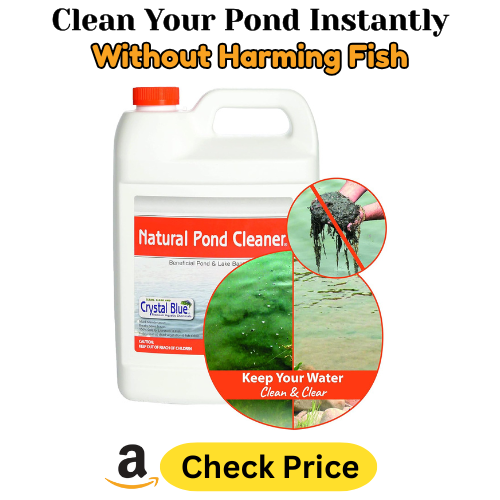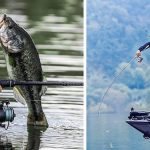Mosquito larvae in ponds are a common problem for pond owners, as they can quickly turn into adult mosquitoes that spread diseases and create a nuisance. Fortunately, there are several effective and safe ways to control larvae while keeping your pond healthy for fish and plants. Understanding their life cycle and using a combination of methods can prevent mosquitoes from multiplying.
Understanding Mosquito Larvae
Mosquitoes lay eggs on stagnant or slow-moving water. The eggs hatch into larvae that live just below the water surface, often wriggling as they feed on algae and organic matter. They stay in the water for several days before transforming into pupae and then adult mosquitoes. Targeting the larvae stage is the easiest and most effective way to reduce mosquito populations.
Introduce Mosquito-Eating Fish
One of the most natural ways to control mosquito larvae is to stock your pond with mosquito-eating fish, such as:
-
Gambusia (mosquito fish) – highly effective in controlling larvae.
-
Goldfish and Koi – eat small amounts of larvae but may require other measures.
-
Bluegill and Sunfish – larger ponds can support these fish, which feed on larvae.
These fish continuously patrol the pond surface, consuming mosquito larvae before they can develop into adults.
Keep Water Circulating
Mosquitoes prefer stagnant water to lay eggs. Installing a pond aerator, fountain, or waterfall keeps water moving and disrupts mosquito breeding. Circulation also improves oxygen levels, benefiting fish and plants while discouraging larvae from surviving.
Remove Excess Vegetation and Debris
Mosquito larvae thrive in dense vegetation and decaying organic matter. Regularly:
-
Trim overgrown aquatic plants near the surface.
-
Remove fallen leaves, sticks, and algae mats.
-
Keep pond edges clear of stagnant puddles.
A clean, open pond is less attractive to mosquitoes and easier to manage.
Use Mosquito Larvae Control Products
There are safe chemical options that target mosquito larvae without harming fish:
-
Bacillus thuringiensis israelensis (Bti) – a natural bacteria that kills larvae on contact but is safe for fish, birds, and plants. Available in granules or dunks.
-
Methoprene – prevents larvae from developing into adults and is safe for most pond life when used according to instructions.
Apply these products according to label directions and repeat as needed during the mosquito season.
Encourage Natural Predators
Other predators, besides fish, can help control larvae:
-
Dragonfly and damselfly larvae eat mosquito larvae.
-
Birds and frogs that frequent the pond feed on emerging mosquitoes.
Creating a balanced ecosystem increases natural mosquito control and reduces the need for chemical treatments.
Regular Monitoring
Check your pond weekly during the warm months for signs of mosquito larvae. Look for small wriggling creatures near the surface of stagnant areas or along pond edges. Early detection allows you to take action before they become adult mosquitoes.
Conclusion
Getting rid of mosquito larvae in a pond requires a combination of strategies. Stocking mosquito-eating fish, keeping water circulating, removing excess vegetation, and using safe larvicide products all help reduce larvae populations. Maintaining a clean, well-balanced pond not only keeps mosquitoes at bay but also supports healthy fish, plants, and overall pond life.



